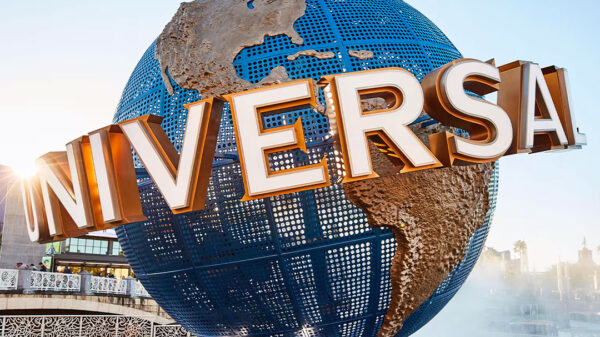In recent years, the use of military drones, also known as unmanned aerial systems (UAS), has become increasingly prevalent in modern warfare. These remotely operated aircraft have revolutionized military operations, providing new capabilities and advantages to armed forces around the world. The evolution of military drones has been remarkable, with advancements in technology and design leading to highly sophisticated and versatile systems.
Early Beginnings
The concept of unmanned aerial systems dates back to the early 20th century, with the development of radio-controlled aircraft. During World War I, both the British and the Americans experimented with remote-controlled aircraft for military purposes. However, it was not until the 21st century that military drones became a significant part of military operations.
Advancements in Technology
One of the key factors driving the evolution of military drones is the rapid advancements in technology. The miniaturization of electronics and the development of lightweight materials have allowed for the creation of smaller, more agile drones. These advancements have also led to increased flight endurance, range, and payload capacity.
The use of advanced sensors, such as cameras, infrared cameras, and radar systems, has further enhanced the capabilities of military drones. These sensors provide real-time situational awareness, allowing operators to gather valuable intelligence and conduct surveillance missions with precision.
Operational Capabilities
Military drones have a wide range of operational capabilities, making them valuable assets in various military operations. They can be used for reconnaissance and surveillance, providing real-time imagery and video footage of enemy positions. This information can be crucial for mission planning and decision-making.
Furthermore, drones can be equipped with weapons systems, allowing for precision strikes on enemy targets. This capability reduces the risk to military personnel and minimizes collateral damage. Drones can also be used for electronic warfare, disrupting enemy communications and radar systems.
Advantages and Challenges
The use of military drones offers several advantages to armed forces. Firstly, they provide the ability to gather intelligence and conduct surveillance without putting military personnel in harm’s way. This reduces the risk of casualties and allows for more effective and efficient operations.
Secondly, drones can operate in environments that may be too dangerous or inaccessible for manned aircraft. They can fly at high altitudes, in extreme weather conditions, and over hostile territories, providing valuable information and support to ground forces.
However, the use of military drones also presents challenges. One of the main concerns is the potential for misuse or abuse of this technology. There are ethical and legal considerations surrounding the use of drones, particularly in terms of privacy and civilian casualties.
Another challenge is the vulnerability of drones to cyberattacks. As these systems rely heavily on communication networks and GPS, they can be susceptible to hacking and interference. Ensuring the security and integrity of drone operations is crucial to prevent unauthorized access and protect sensitive information.
The Future of Military Drones
The evolution of military drones is far from over. As technology continues to advance, we can expect to see even more sophisticated and capable systems. Future drones may incorporate artificial intelligence and autonomous capabilities, allowing them to make independent decisions and adapt to changing situations.
Furthermore, advancements in battery technology and renewable energy sources may lead to increased flight endurance and reduced reliance on traditional fuel sources. This would enable drones to stay in the air for longer periods, expanding their operational capabilities.
In conclusion, the evolution of military drones, or unmanned aerial systems, has transformed modern warfare. These highly advanced aircraft provide valuable capabilities and advantages to armed forces. However, with these advancements come ethical considerations and challenges that need to be addressed. The future of military drones holds great potential, and it will be interesting to see how they continue to shape the battlefield.




































